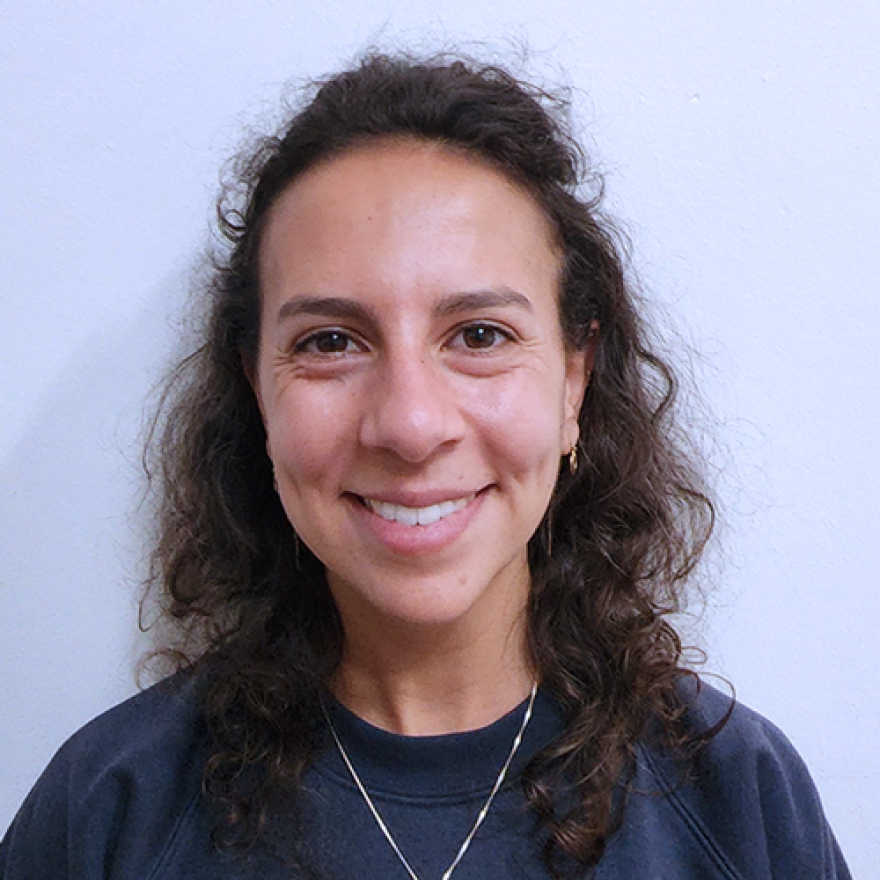There is a gap in knowledge about aerosol transmission of SARS-COV-2. Few studies measure aerosol dispersion of SARS-COV-2 in airflow streams in the healthcare setting. Overseas studies are cross-sectional and single site, but not related to specific procedures, patient factors or equipment.
We will contribute internationally novel data, correlated to specific procedures, practices and Australian hospitals using a three-stage, multidisciplinary study design: real-world, experimental and airflow modelling.
The first stage will utilise two live intensive care settings and highly sensitive bioaerosol samplers for detection of SARS-COV-2 to quantify aerosol risk of specific procedures, specific items of Personal Protective Equipment (PPE), and relationship to ventilation systems. Viability of detected virus will be determined using a hyper-permissable cell line. The second stage will utilise experiments in a purpose-built room to investigate the flow dynamics of aerosol contaminants, including effectiveness of masks and different ventilation settings. This stage will also use a mouse coronavirus model and aerosol generators to further quantify patterns of aerosolisation of coronavirus under different experimental conditions. The third stage will utilise data collected from stages 1 and 2 to validate and develop a computerised fluid dynamics (CFD) model of aerosol transmission of SARS-COV-2 in the intensive care hospital setting.
This study will be the first to provide data to inform the safety, design and ventilation of Australian ICUs. It can also specifically inform safer ICU designs into the future. The findings of the CFD modelling will inform infection prevention in the broader community and in other closed settings such as aged care, restaurants and businesses as economy opens up for recovery from the pandemic.
This is novel, as the few hospital airflow studies are theoretical and not virus or data-based, and none are based in Intensive Care Unit (ICU).
Nepean Hospital, Smiths Detection (Australia) P/L.
Medical Research Future Fund (MRFF) For Research Activities.

